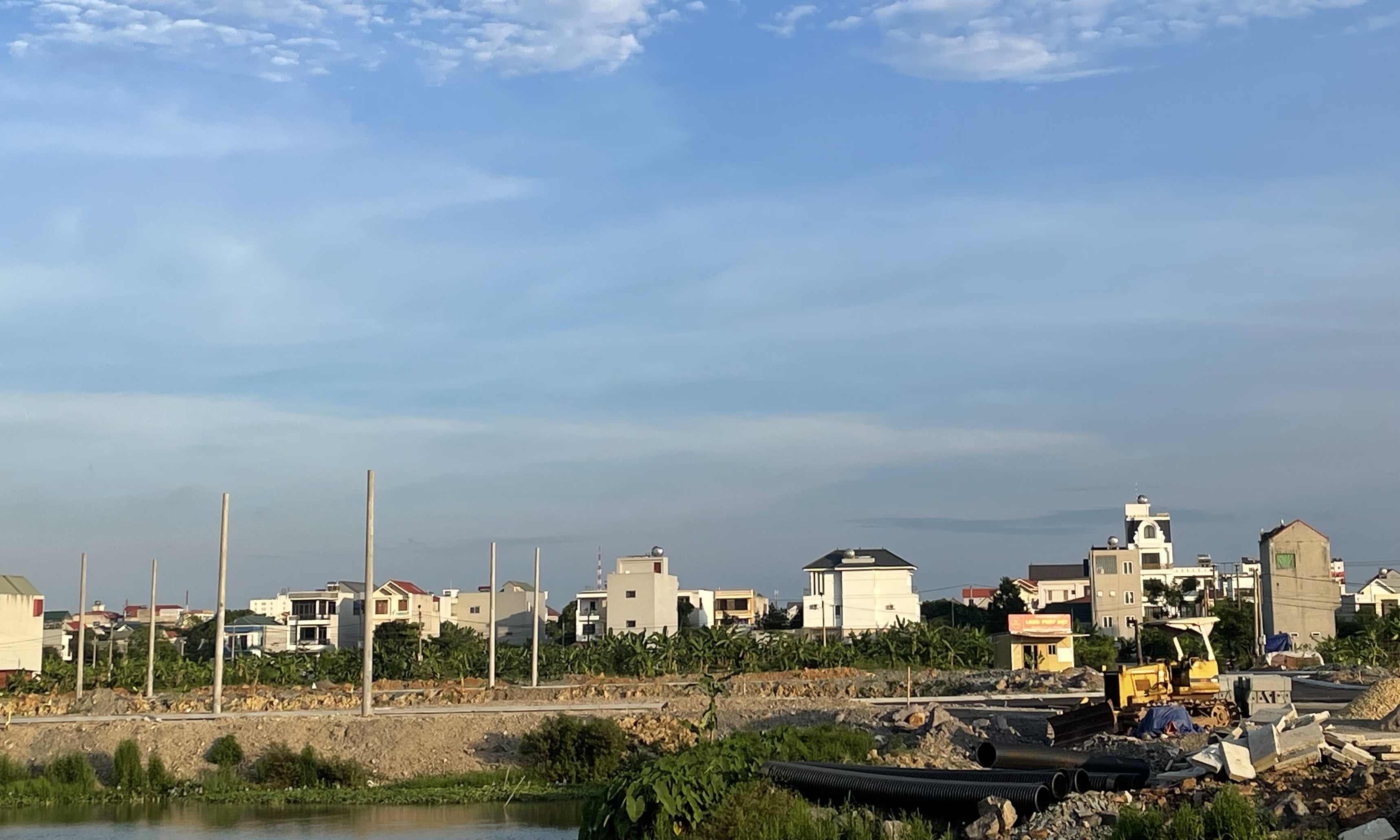
However, the price and transaction volume growth in the aforementioned areas is speculative and poses significant risks to the real estate market. Authorities in many localities have issued warnings about this situation and are strengthening market control and management.
According to statistics from the Ministry of Construction 's report on the real estate market situation in the first quarter of 2025, recently released, the whole country recorded 101,049 successful land plot transactions, an increase of 16.4% compared to the previous quarter and 3% compared to the same period last year. Meanwhile, the total successful transactions in the apartment and detached house segments only reached over 33,500 units.
Comparing these two segments reveals that the volume of land plot transactions in the past quarter was more than three times the total transaction volume of traditional housing products. This is a rare "discrepancy," indicating a strong flow of capital into land plots.
Along with the large volume of transactions, land prices have also seen a sharp increase. For example, in Bac Giang , land prices in some areas of Bac Giang City have increased by over 20% compared to the end of 2024. Similarly, in Phu Tho, in some residential areas, even abandoned urban areas in Van Phu, Trung Vuong, Tho Son, Thanh Mieu, and Gia Cam, asking prices have increased by 20-30% compared to the same period last year. Or in Hai Phong, prices of land plots in Kien Thuy, An Dong, and Thuy Nguyen have been pushed up by 15-20% compared to the end of 2024.
In the southern region, Nhon Trach ( Dong Nai province) continues to be a "land fever" hotspot. In just the first three months of the year, land prices in some areas of Long Tho, Phu Dong, and Phuoc Khanh increased by 20-30%, and in some places by over 40% compared to the same period last year.
Experts believe that the merger of provincial-level administrative units has a certain impact on the real estate market, with a phenomenon of soaring prices in some areas. However, this situation is only short-lived.
Regarding this phenomenon, Dr. Tran Xuan Luong, Deputy Director of the Vietnam Real Estate Market Research Institute, commented that whenever information about the merger of provincial-level administrative units emerges, the real estate market in the relevant areas shows signs of strong fluctuations. Taking advantage of the public's and investors' expectations about changes in planning and infrastructure, some speculative groups quickly enter the market with various profiteering schemes.
"The price manipulation mechanism usually begins with spreading rumors about urban planning or the location of a new administrative center to stimulate buying sentiment. Then, these groups may carry out insider transactions to create a false 'fever' effect, causing land prices to skyrocket in a short period and be pushed far beyond their real value," Mr. Luong analyzed.
This expert advises that, to avoid falling into the trap of speculative bubbles, customers need to distinguish between a real estate market with genuine value and a speculative market. A truly healthy market must be based on the actual purchasing power of the people, accompanied by transparent planning and legal information provided by the authorities. On the other hand, real estate in a real market must have the potential to generate cash flow through rental or business activities, and be supported by clearly defined or developing transportation infrastructure and amenities.
Not only land and housing are affected, but the merger of provincial administrative boundaries also creates momentum for industrial real estate. Experts even expect it to give a "boost" to Vietnam's industrial real estate market during this strategic transformation phase; providing leverage for the formation of large-scale industrial-urban zones that are more attractive to international investors.
Mr. Thomas Rooney, Deputy Director of Savills Hanoi's Industrial Consulting Department, commented that merging administrative units is not simply a change in geographical boundaries, but also aims to streamline the administrative apparatus, reduce fragmentation in planning, and increase competitiveness among localities. If implemented properly, it will pave the way for the formation of integrated urban-industrial ecosystems, making them more attractive to foreign investment flows that are increasingly selective about their destinations.
Accordingly, provinces can plan more new industrial zones with larger areas, providing more options for businesses. With an increased land supply, domestic and foreign businesses will more easily find suitable locations to open factories, avoiding the shortage of industrial land in localities with high demand.
Furthermore, after the merger, provinces with larger areas have the conditions to more clearly define their zones, thereby developing specialized industrial parks or industrial complexes such as supporting industrial parks or specialized supporting industrial parks that supply components and parts for large manufacturing industries or specific industries such as automotive or semiconductors.
"Localities that were already bright spots in attracting investment, when merged and more closely coordinated in planning, will complement each other in terms of infrastructure, labor, and development orientation. Larger scale helps localities achieve higher standards in infrastructure and management, thereby enhancing their position in the global value chain," Thomas analyzed.
However, there will be short-term challenges before long-term benefits are realized. This is because administrative boundary adjustments will inevitably affect a range of factors, from land use planning and investment licensing to legal procedures related to the environment and construction.
Thus, according to Thomas Rooney, in the short term, businesses may face difficulties due to changes in management and policies that have not yet been synchronized between the merged localities. However, in the long term, this is a great opportunity to rebuild a more transparent and effective legal framework. Coordination and standardization of procedures in the new administrative areas will help save time and improve investor confidence.
For industrial real estate, where stability and clarity in planning are crucial, unifying procedures and policies will pave the way for large-scale industrial parks, integrating logistics infrastructure, satellite cities, and inter-regional transportation connections.
If the mergers are implemented in conjunction with infrastructure investments, especially in ring roads, seaports, airports, and digital infrastructure, industrial parks will no longer be limited by administrative boundaries. Businesses will then be able to access a workforce from more localities, with more optimized operating costs.
The development of inter-regional infrastructure is also driving the trend of shifting away from traditional industrial markets, where supply is limited and investment costs are increasing. New localities with ample, inexpensive land and improved infrastructure will have the opportunity to emerge as new industrial centers.
Source: https://baoninhbinh.org.vn/thi-truong-bat-dong-san-nong-trong-ngan-han-856556.htm


![[Photo] Prime Minister Pham Minh Chinh holds a phone call with the CEO of Russia's Rosatom Corporation.](/_next/image?url=https%3A%2F%2Fvphoto.vietnam.vn%2Fthumb%2F1200x675%2Fvietnam%2Fresource%2FIMAGE%2F2025%2F12%2F11%2F1765464552365_dsc-5295-jpg.webp&w=3840&q=75)
![[Photo] Closing Ceremony of the 10th Session of the 15th National Assembly](/_next/image?url=https%3A%2F%2Fvphoto.vietnam.vn%2Fthumb%2F1200x675%2Fvietnam%2Fresource%2FIMAGE%2F2025%2F12%2F11%2F1765448959967_image-1437-jpg.webp&w=3840&q=75)


















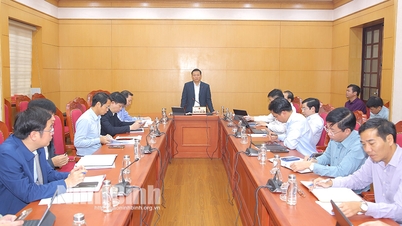

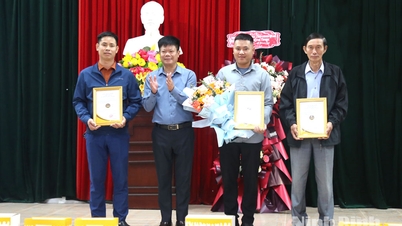
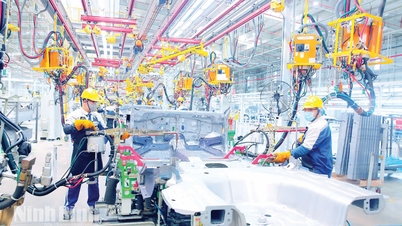

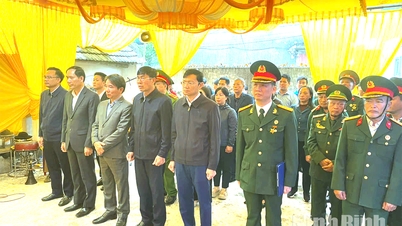




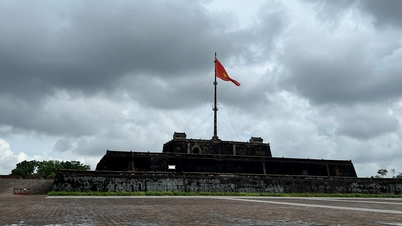

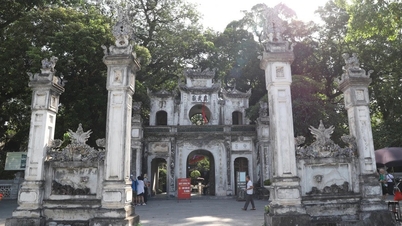



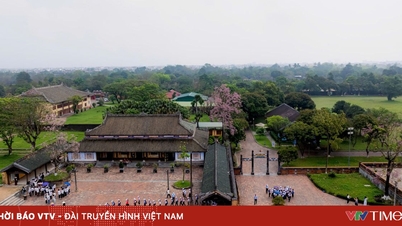












![[OFFICIAL] MISA GROUP ANNOUNCES ITS PIONEERING BRAND POSITIONING IN BUILDING AGENTIC AI FOR BUSINESSES, HOUSEHOLDS, AND THE GOVERNMENT](https://vphoto.vietnam.vn/thumb/402x226/vietnam/resource/IMAGE/2025/12/11/1765444754256_agentic-ai_postfb-scaled.png)



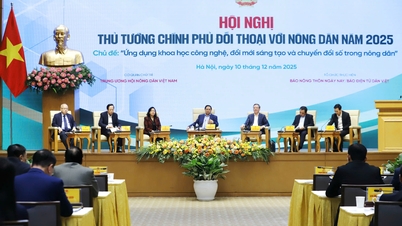












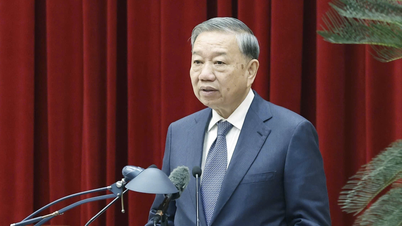

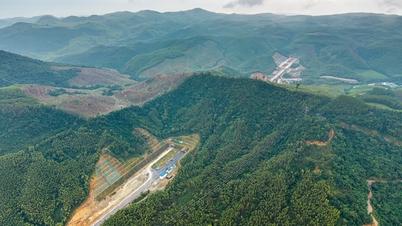







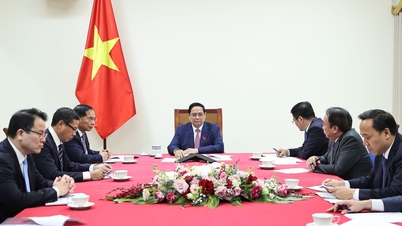
























Comment (0)